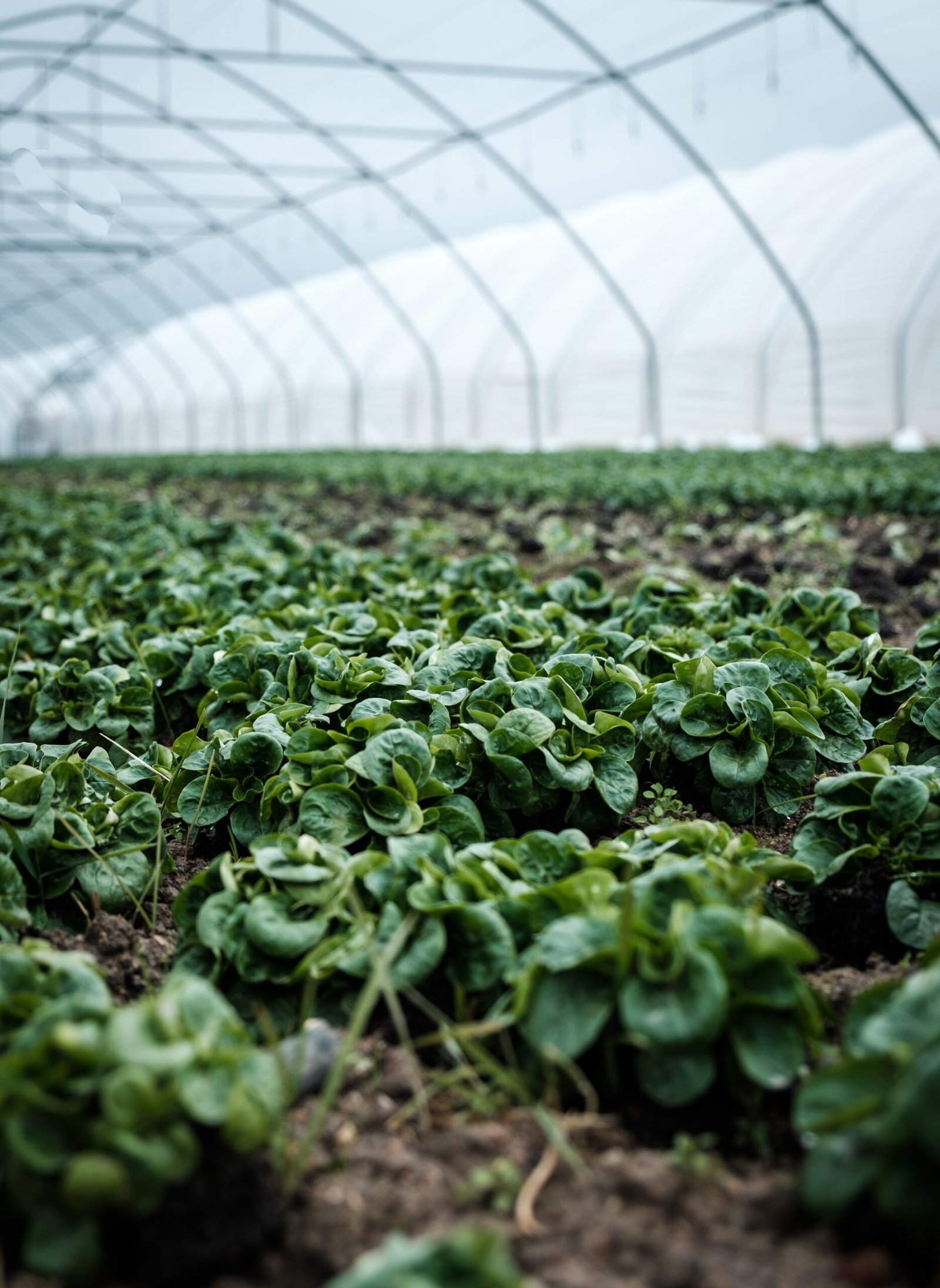Table of Contents
Introduction
Are you interested in growing your own vegetables? Look no further than Cabbage Seeds! Cabbage is a versatile and nutritious vegetable that can be enjoyed in a variety of dishes. In this article, we will explore the world of cabbage seeds, from planting to harvesting, and provide tips for successful cultivation. Whether you are a seasoned gardener or a beginner, growing cabbage from seeds is a rewarding experience that can yield delicious results.
Choosing the Right Seeds
When it comes to selecting cabbage seeds, there are a few factors to consider. First, determine the variety of cabbage you want to grow. There are several types to choose from, including green cabbage, red cabbage, and savoy cabbage. Each variety has its own unique flavor and texture, so choose one that suits your taste preferences.
Next, look for high-quality seeds from a reputable source. One such source is Nursery Kart (www.nurserykart.in), an online platform that offers a wide range of seeds and plants. They provide reliable and certified seeds, ensuring that you start your cabbage-growing journey on the right foot.
Planting Cabbage Seeds
Before planting cabbage seeds, prepare the soil by adding organic matter and ensuring proper drainage. Cabbage thrives in well-drained soil with a pH level between 6.0 and 7.5. Once the soil is ready, sow the seeds at a depth of ¼ to ½ inch, spacing them about 12 to 24 inches apart.
It is important to note that cabbage seeds can be started indoors, around 6 to 8 weeks before the last frost date. This allows for a head start and ensures a longer growing season. Transplant the seedlings outdoors when they are around 4 to 6 weeks old, after the danger of frost has passed.
Caring for Cabbage Plants
Proper care is essential for the healthy growth of cabbage plants. Ensure that the plants receive at least six hours of sunlight per day. Water the plants regularly, keeping the soil moist but not waterlogged. Mulching around the plants can help retain moisture and suppress weeds.
Fertilize the cabbage plants with a balanced fertilizer every two to three weeks. This will provide the necessary nutrients for optimal growth. Additionally, be on the lookout for common cabbage pests such as cabbage worms and aphids. Regularly inspect the plants and take appropriate measures to control any infestations.
Harvesting and Storing
Cabbage is typically ready for harvest 70 to 90 days after planting. The heads should be firm and compact. Use a sharp knife to cut the cabbage heads at the base, leaving a few outer leaves intact. Remove any damaged or diseased leaves before storing.
For short-term storage, keep the cabbage heads in the refrigerator crisper drawer. They can last for up to two weeks under proper refrigeration. If you want to store cabbage for a longer period, consider fermenting or pickling the cabbage to preserve its freshness and flavor.
Conclusion
Growing cabbage from seeds is a rewarding experience that allows you to enjoy fresh and nutritious vegetables right from your own garden. By choosing high-quality cabbage seeds and providing proper care, you can cultivate healthy plants that yield delicious heads of cabbage. Nursery Kart (www.nurserykart.in) is a reliable online platform that offers a wide range of seeds and plants, including cabbage seeds. Visit their website to explore their offerings and embark on your cabbage-growing journey today!

Leave a Reply
You must be logged in to post a comment.